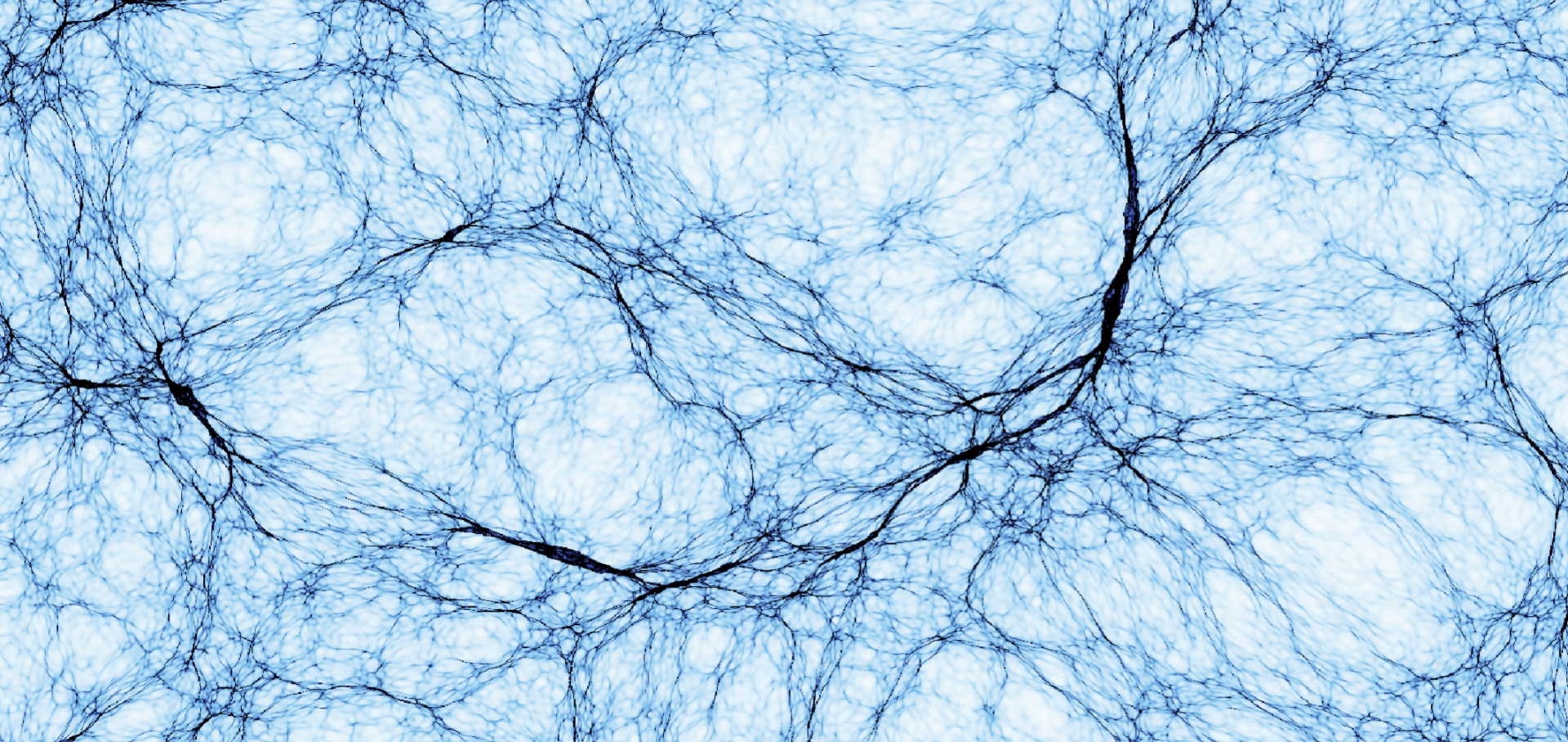Strong suppression of heat conduction in a laboratory replica of
galaxy-cluster turbulent plasmas
Authors:
J Meinecke, P Tzeferacos, Js Ross, Afa Bott, S Feister, H-S Park, Ar Bell, R Blandford, Rl Berger, R Bingham, A Casner, Le Chen, J Foster, Dh Froula, C Goyon, D Kalantar, M Koenig, B Lahmann, C-K Li, Y Lu, Caj Palmer, R Petrasso, H Poole, B Remington, B Reville, A Reyes, A Rigby, D Ryu, G Swadling, A Zylstra, F Miniati, S Sarkar, Aa Schekochihin, Dq Lamb, G Gregori
Abstract:
Galaxy clusters are filled with hot, diffuse X-ray emitting plasma, with a
stochastically tangled magnetic field whose energy is close to equipartition
with the energy of the turbulent motions \cite{zweibel1997, Vacca}. In the
cluster cores, the temperatures remain anomalously high compared to what might
be expected considering that the radiative cooling time is short relative to
the Hubble time \cite{cowie1977,fabian1994}. While feedback from the central
active galactic nuclei (AGN) \cite{fabian2012,birzan2012,churazov2000} is
believed to provide most of the heating, there has been a long debate as to
whether conduction of heat from the bulk to the core can help the core to reach
the observed temperatures \cite{narayan2001,ruszkowski2002,kunz2011}, given the
presence of tangled magnetic fields. Interestingly, evidence of very sharp
temperature gradients in structures like cold fronts implies a high degree of
suppression of thermal conduction \cite{markevitch2007}. To address the problem
of thermal conduction in a magnetized and turbulent plasma, we have created a
replica of such a system in a laser laboratory experiment. Our data show a
reduction of local heat transport by two orders of magnitude or more, leading
to strong temperature variations on small spatial scales, as is seen in cluster
plasmas \cite{markevitch2003}.
